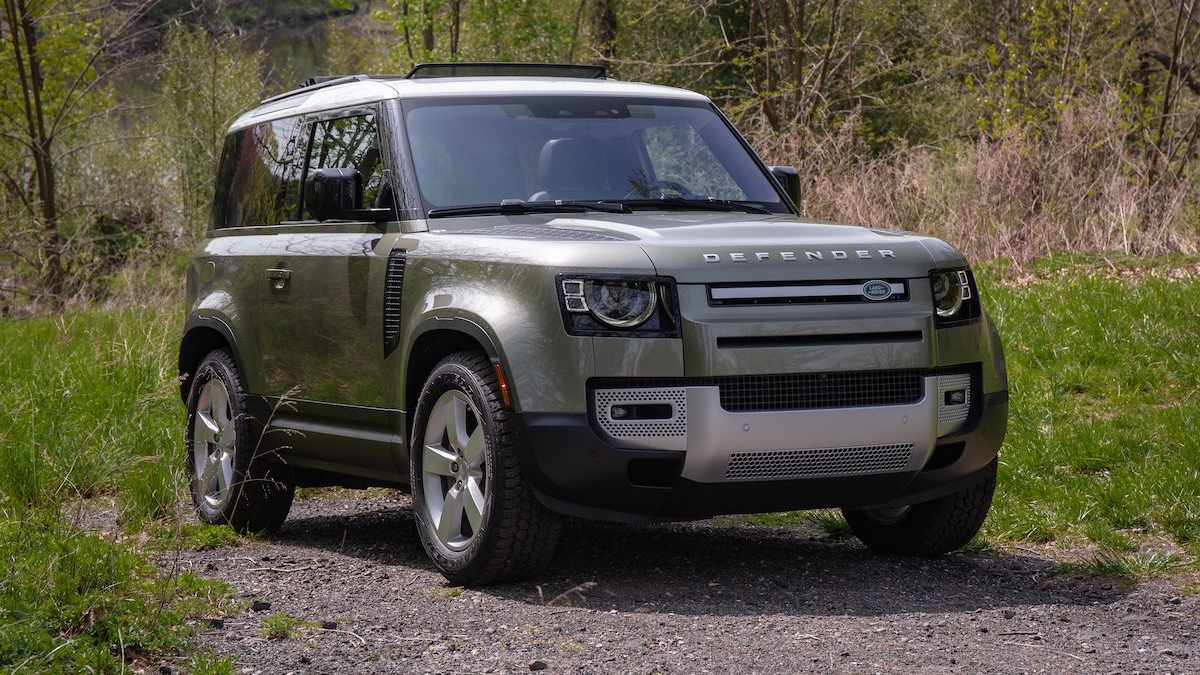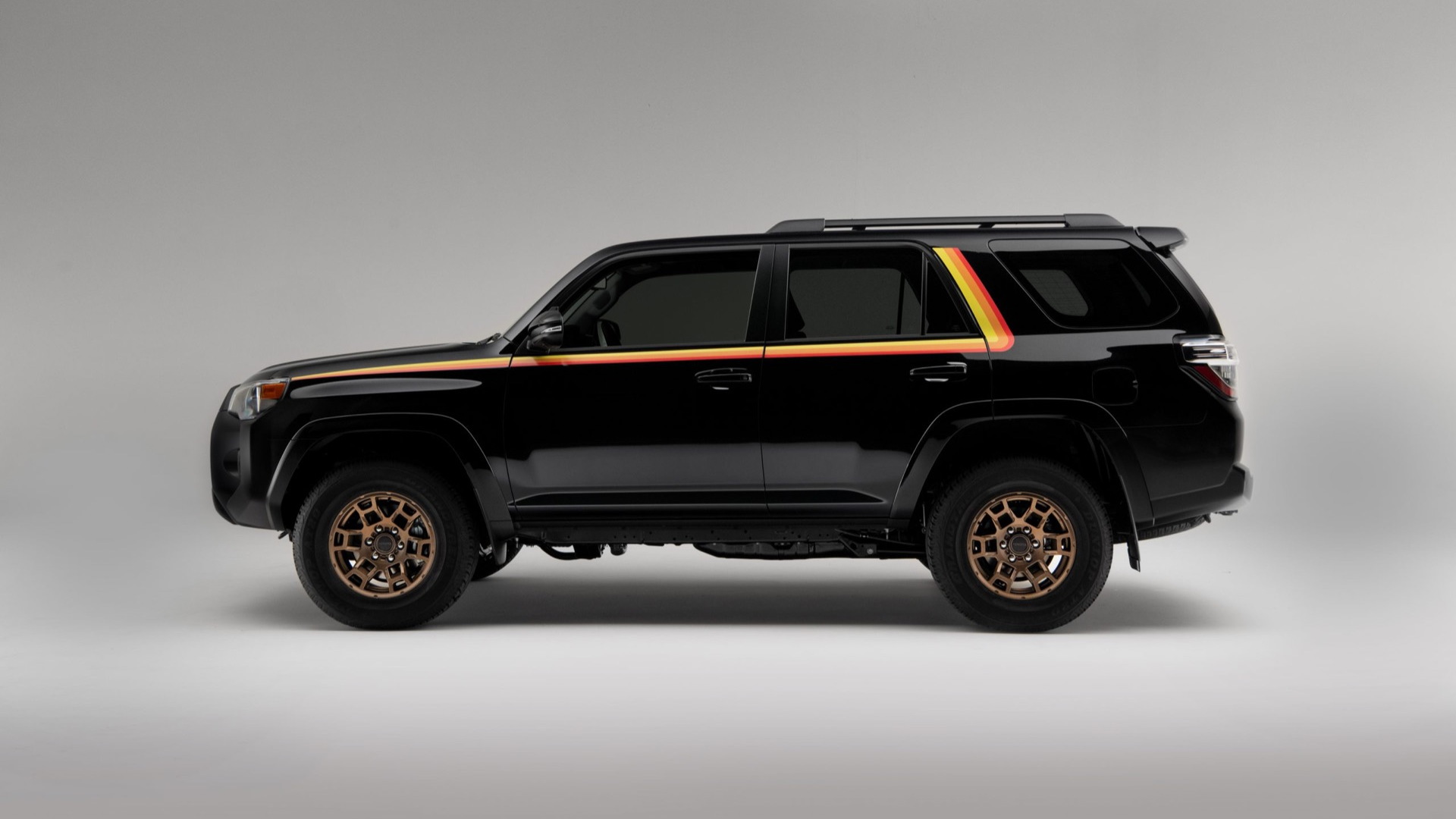"Will It Rally?" is a video series from Team O'Neil Rally School and, just in time for winter, the subject of the latest test is the Jeep Wrangler Rubicon.
The first video was released in December, and the series tests vehicles on an open snow-covered skid pad and a slalom course, then times them on a technical rally stage.
Host Wyatt Knox gets into a new JL-Series Wrangler Rubicon with the 280-horsepower 3.6-liter V-6. The Jeep has Dana 44 axles and electronic-locking differentials front and rear, a 2-speed transfer case, an electronic disconnecting sway bar up front, BFGoodrich KO2 off-road tires, and a 6-speed manual transmission. That's the stock equipment. This vehicle also has been upgraded with skid plates underneath and a bumper and winch up front.
Wyatt starts by driving on the skid pad in two-wheel drive with all of the safety systems on, and the vehicle cuts the power and keeps the speed down. He then shuts off traction control and the tires can spin, but the stability control kicks in when the Jeep starts to slide. This won't do for the most fun in the snow.
Choosing four-wheel drive with traction control off lets the vehicle slide around the skid pad, but the stability control still kicks in from time to time and Wyatt wants the vehicle to be predictable in all turns. The best way to do that is to disconnect the ABS motor and pull the stability control fuse.
With those systems disconnected, Wyatt tries rear- and four-wheel drive again. Both let the tail kick out, but 4WD High provides more control, so that's the mode he chooses for the timed run. His only complaint at this point is the solid front axle is susceptible to axle hop during hard acceleration. He says if he goes a little easy during acceleration he can avoid beating on the driveline.
Heading into the 1.25-mile timed run, Wyatt notes that a few inches of fresh snow hide some of the better traction areas. That means he can go only about 70 percent to avoid crashing.
Icy conditions covered by snow means the rear end is going to slide a lot during the run. Wyatt's experienced technique lets him link those slides to maintain control.
Still, it's hard. The Jeep weighs 4,440 pounds and Wyatt estimates about 5,000 pounds with the bumper and winch up front and himself at the wheel. That weight makes the vehicle extend its slides and slide down any areas of the road that are pitched.
It's fun to watch Wyatt run the course as he talks through turn-in, braking, throttle, and gears and his hands are constantly in motion on the steering wheel. He lets out a few cries of "oh boy" when the going gets especially hairy, and his wide-open eyes and fearful expression tell us when those turns are coming. He says the Wrangler isn't fast on the course, but it can stay on the edge of what's possible and it's "poetry in motion" when he links the turns correctly.
Apparently, much of the run is on the edge, as Wyatt says he's glad he doesn't have to do it again. He can't tell how fast he's going because pulling the fuse and disconnecting the ABS motor has also disconnected the speedometer.
In the end, Wyatt's run is a 2:53.68, which is the slowest of the nine vehicles he has tested and some 39 seconds slower than the quickest, a Subaru WRX. However, many of the other vehicles were tested in dry, summer conditions, though the WRX saw snow as well.
Wyatt says the run could be 20-30 seconds quicker with winter tires. He also notes that the winch and bumper, which he estimates weigh 300 pounds, takes away from some performance.
Yes, the Jeep Wrangler Rubicon rallies, but Wyatt says if that's your goal it's better to choose a vehicle with an independent front suspension. A few hundred fewer pounds wouldn't hurt, either.



